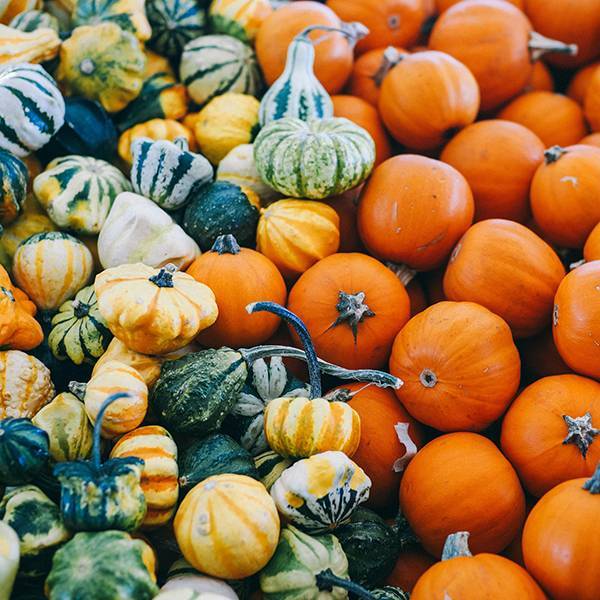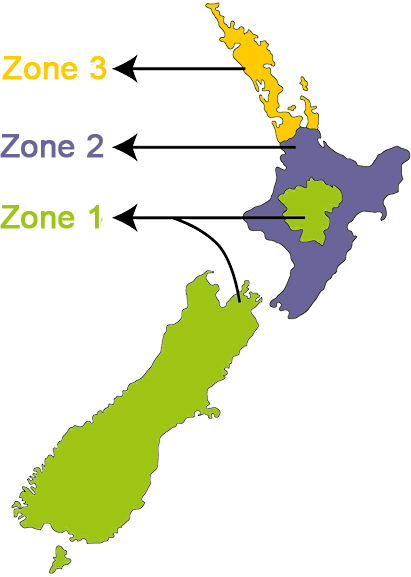
Growing Guide
Full sun. Well drained soil.
1cm
150-200cm
300-500cm
100-600cm2
3cm
Directly sown
7-14
110-170
Form small mounds of soil and space these 1m apart.
Sow 3-4 seeds in each mound and water well.
As seedlings grow, thin to the two strongest plants in each mound.
Not recommended.
Harvest once the vine dies off and the stalk turns brown.
Harvest pumpkins any time before the first hard frost in autumn.
Use garden shears or scissors to cut the pumpkin from the vine.
Cut the top off your pumpkin and scoop out all the pulp.
A large spoon works well for this task.
Separate the seeds from the pulp with your fingers, then place the seeds in a colander to rinse under cool water.
Try to remove as much pulp as possible from each seed.
Inspect the clean seeds carefully, and select the largest ones to save.
Larger seeds will have a better chance of germinating and growing healthy vines.
Spread the seeds on a layer of wax paper and allow to dry overnight.
Pumpkin seeds are sticky, so wax paper works best for the initial drying period.
Once the seeds are dry, line a baking sheet with paper towels.
Spread the pumpkin seeds in a single layer.
Place the tray in a cool, dark place for at least one month.
This allows the seeds to become completely dry.
After one month, sort through the seeds and discard any with mold or mildew.
Place the good seeds in an envelope.
They can be stored in the envelope until next year’s planting.

Zone 1 - Cool
Zone 2 - Temperate
September , October , November , December
Zone 3 - Subtropical
February , March , August , September , October , November , December
Problems